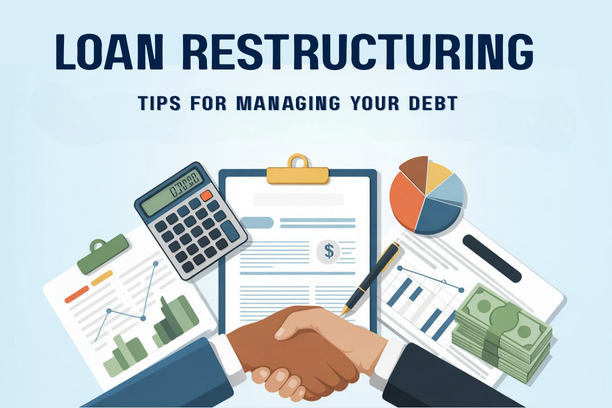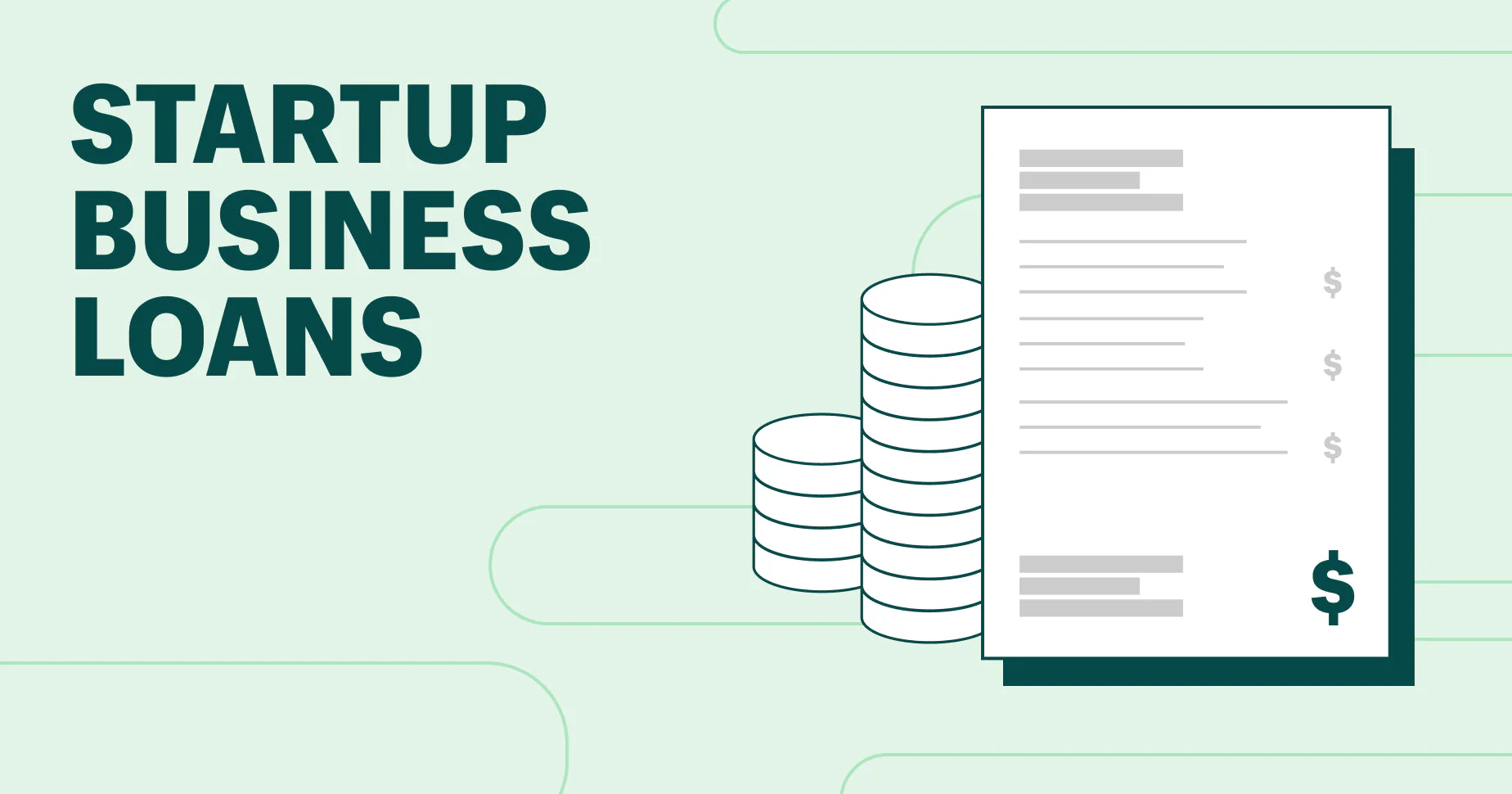For many Filipinos, securing a home loan is a significant milestone, representing years of hard work and careful financial planning. But the loan journey doesn’t end when you move into your new home. Over the life of a 15- to 30-year loan, economic conditions, interest rates, and your personal finances will change. In this dynamic financial landscape, a powerful tool for a savvy homeowner is home loan refinancing. This process allows you to replace your existing home loan with a new one, often from a different lender, to secure more favorable terms. This comprehensive guide will walk you through what refinancing is, the key reasons to consider it, the perfect timing to make the move, and a detailed look at the costs and procedures involved.
1. The Core of Home Loan Refinancing
Before you decide if refinancing is right for you, it’s essential to understand its fundamental concept and why banks are willing to offer this option.
What Exactly is Home Loan Refinancing?
Simply put, home loan refinancing is the process of paying off your old home loan with a new one. While the concept is simple, the reasons behind it are diverse and strategic. The goal is to secure a new loan with a better interest rate, more flexible terms, or a different loan amount that better suits your current financial needs.
- Replacing an Old Loan with a New One: Your new lender will pay off the outstanding balance of your old loan, effectively replacing your previous debt with a new one. The new loan will have its own set of terms, including a new interest rate, a new fixed-rate period, and a new repayment schedule.
- The Collateral Remains the Same: Your home remains the collateral for the new loan. The new lender will have the mortgage annotated on your Transfer Certificate of Title (TCT), and your old lender’s mortgage will be canceled.
- Two Primary Types:
- Rate-and-Term Refinancing: This is the most common type, where you refinance to get a lower interest rate, a different loan term (either shorter or longer), or both.
- Cash-Out Refinancing: This is a more aggressive form of refinancing where you borrow a larger amount than your outstanding loan balance and “cash out” the difference. This allows you to tap into the equity you’ve built in your home for other financial needs.
The Lender’s Perspective: Why They Offer It
Banks and other lenders are not just doing you a favor by offering home loan refinancing. They offer it because it is a competitive and profitable part of their business.
- Attracting New Clients: By offering competitive refinancing packages, a bank can attract new clients who already have a proven track record of paying their loans. A borrower with a good payment history is an ideal client for any lender.
- Expanding Their Portfolio: Refinancing allows banks to grow their loan portfolio by taking on existing, well-performing loans from other institutions.
- Market Competition: The availability of refinancing options forces banks to remain competitive with their interest rates and terms. This competition is a major benefit for you, the borrower, as it provides you with multiple options to choose from.
2. The Compelling Reasons to Consider Refinancing
Knowing when to refinance is just as important as knowing why. Here are some of the most compelling reasons that a savvy homeowner would consider home loan refinancing.
Financial Advantages: Saving Money and Managing Debt
Refinancing is a powerful financial tool that can help you save money over the long term and regain control of your debt.
- Getting a Lower Interest Rate: If interest rates have dropped since you first took out your loan, you can refinance to take advantage of the new, lower rates. Even a 1% reduction can lead to hundreds of thousands of pesos in savings over a 20- to 30-year loan term. This is the most common and powerful reason for refinancing.
- Reducing Your Monthly Amortization: A lower interest rate or a longer loan term will result in a lower monthly amortization. This can be a lifesaver if you are experiencing cash flow issues or if you simply want to free up more of your monthly income for other investments or expenses.
- Debt Consolidation: If you have multiple high-interest debts, such as credit card balances or personal loans, you can use home loan refinancing to consolidate them into a single, lower-interest mortgage. Since home loan rates are significantly lower than credit card rates, this can save you a substantial amount of money and simplify your debt management.
Strategic Benefits: Availing a Cash-Out Option
For those who have built significant equity in their home, a cash-out refinance can provide access to a large sum of money for a variety of strategic purposes.
- Home Renovation or Improvement: A cash-out refinance can provide the funds you need for a major home renovation, such as building an extension or a new kitchen. This can increase your home’s value and make it a more comfortable living space.
- Funding a Business or Investment: You can use the cash from your home’s equity to start a business, invest in stocks or other assets, or pay for your child’s education. A cash-out refinance offers a large sum of money at a relatively low interest rate, making it an attractive option for large-scale financial needs.
- Emergency Fund: In a financial emergency, a cash-out refinance can provide you with the liquid funds you need to cover unexpected medical bills or other crises. This can be a better option than a high-interest personal loan.
3. The “When” Question: Timing Your Refinance
While the reasons to refinance are clear, the timing is crucial. Doing it at the wrong time can erase any potential savings.
The Crucial Factors to Watch for
You should keep a close eye on these key indicators to determine if it’s the right time to refinance your home loan.
- When Your Interest Rates Are Lower: A good rule of thumb is to consider refinancing when the current interest rates are at least 1% to 2% lower than your current rate. You should monitor the market and be ready to act when the rates drop.
- When Your Fixed-Rate Period is Ending: Most home loans in the Philippines have a fixed-rate period (e.g., 1, 3, or 5 years) after which the interest rate is subject to repricing based on market rates. When your fixed-rate period is about to end, this is the perfect time to explore refinancing options with other banks to lock in a new, more favorable fixed-rate term.
- When You’ve Gained Significant Equity: If your property’s value has appreciated and you’ve been paying off your loan for a few years, you have built up equity. This increased equity makes you an attractive candidate for refinancing and allows you to potentially get a higher loan amount or a better rate.
The Financial Readiness: Are You a Strong Candidate?
Even if the market conditions are right, you still need to be a strong candidate to qualify for home loan refinancing.
- An Improved Credit Score: Lenders will check your credit history and credit score to assess your creditworthiness. If your credit score has improved since you first applied for your loan, you are more likely to qualify for a lower interest rate.
- Stable Financial Situation: Lenders want to see a stable income and a healthy debt-to-income ratio. If your income has increased and your other debts have decreased, you are in a strong position to refinance.
- The Break-Even Point: You must calculate the break-even point—the amount of time it will take for your savings from the new loan to cover the cost of refinancing. If you plan to sell your home before you reach this point, refinancing may not be worth it.
4. The Step-by-Step Refinancing Process
The refinancing process is similar to a regular home loan application, but it has its own unique steps and costs.

A Checklist of Costs and Fees
Before you refinance, you must be aware of the costs involved, as they can be substantial.
- Pre-Termination Penalty: If you are refinancing before your loan term ends, your current bank may charge a pre-termination penalty, which can be a percentage of your outstanding balance.
- Processing and Appraisal Fees: Your new bank will charge you for processing your new loan application and for the independent appraisal of your property.
- Documentary Stamp Tax: This is a government tax charged on the loan amount, and you will have to pay it again for your new loan.
- Mortgage Redemption Insurance (MRI) and Fire Insurance: You will need to get a new MRI and fire insurance policy for your new loan, which are required by the bank to protect their collateral.
The Refinancing Journey: From Application to Disbursement
- Gather Documents and Apply: You will need to prepare a new set of borrower and property documents and submit them to your new chosen bank.
- Appraisal and Approval: The new bank will appraise your property and conduct a credit investigation to approve your loan.
- Loan Disbursement and Settlement: Once your new loan is approved, the bank will release the loan amount to your old lender, which will then settle your old loan. You will then start paying your new monthly amortization to your new bank.
Conclusion
Home loan refinancing is a powerful and strategic financial tool for any homeowner in the Philippines. It can help you save money on interest, reduce your monthly payments, and provide you with the financial flexibility to meet other goals. By understanding when to refinance, preparing for the costs, and knowing the step-by-step process, you can confidently take control of your financial future and make your home loan work for you.













